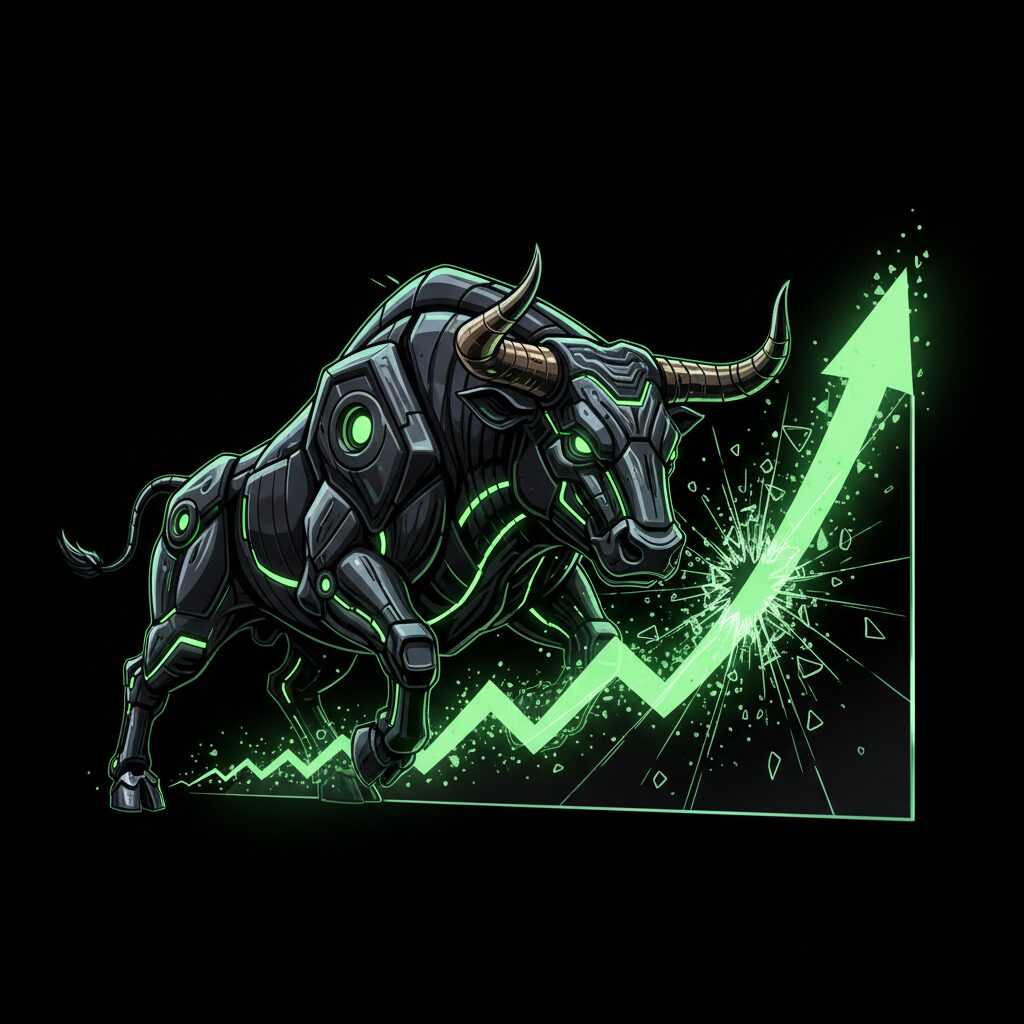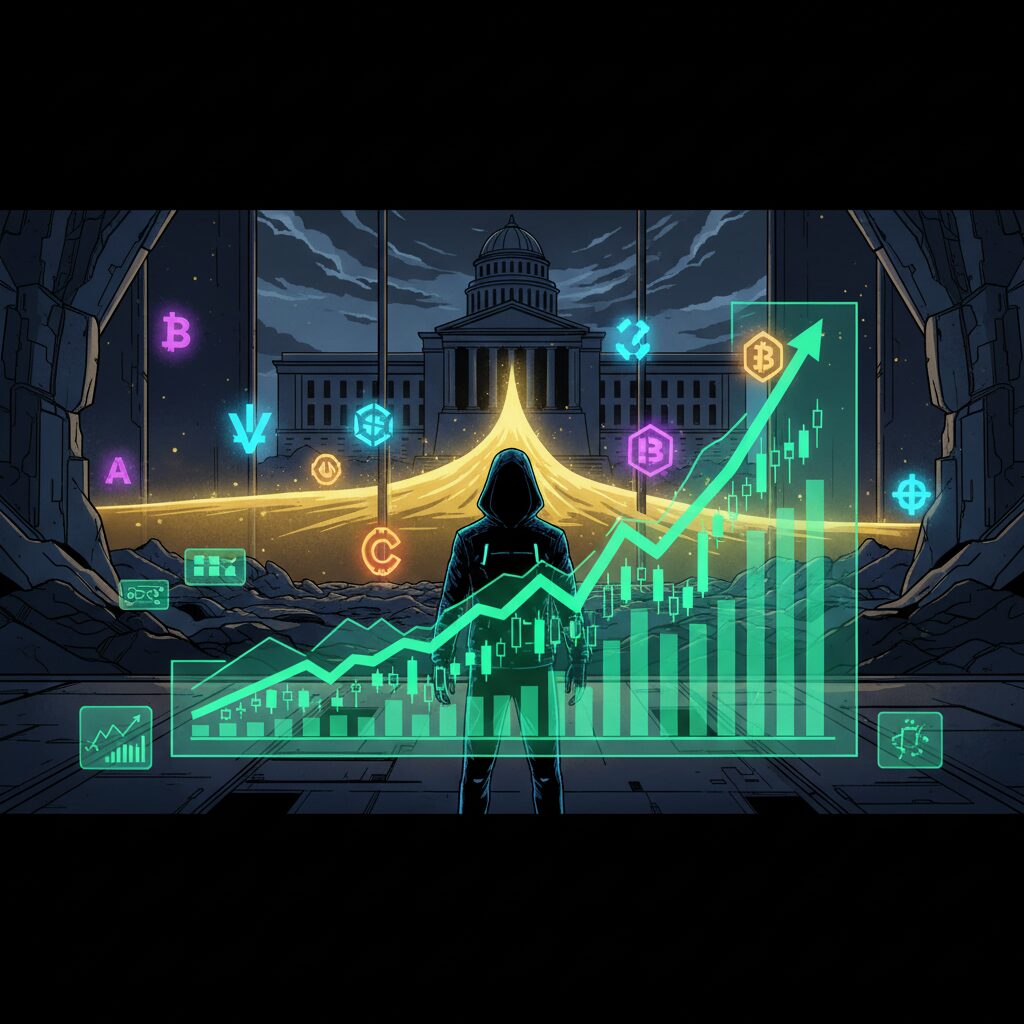The XRP Liquidity Trap: Analysts Warn Selling During a Major Rally Could Be Difficult

As many XRP investors anticipate a significant price increase, some market analysts are sounding a note of caution. They warn that when prices begin to surge, liquidity on exchanges could evaporate, making it challenging for holders to sell their assets at expected values.
A Warning on Exchange Readiness
Jake Claver, CEO of Digital Ascension Group, recently highlighted this potential issue. He explained that during a period of strong price movement for XRP, most exchanges likely won’t have sufficient liquidity to process a high volume of large sell orders at market price. Claver noted that too many investors dream of overnight wealth without planning for the logistical realities of such an event.
He urged XRP holders to establish a clear strategy before any major rally, including securing control of their assets, creating a tax plan, and defining a wealth management approach. Without this preparation, he suggested, investors risk missing the opportunity to realize their gains.
The Mechanics of a Market Squeeze
Fellow market commentator Diana expanded on Claver’s warning, stating that most investors underestimate how liquidity functions during a bull run. She pointed out that while many plan to “sell at $10,” the market rarely behaves so predictably. If too many traders attempt to sell at the same price simultaneously, there may not be enough buyers to absorb the volume, creating thin liquidity.
This scenario leads to a phenomenon known as price slippage. For example, an attempt to sell at $10 might result in the order actually being filled at $8.50, a significant difference that could cost an investor thousands of dollars in seconds. Diana compared the situation to a fire alarm going off in a crowded concert—everyone rushes for the same small exit, and not everyone gets out quickly. This is precisely what can happen when a wave of sell orders hits the market at once.
How Private Deals Impact Retail Traders
The situation for XRP is further complicated by the way large institutions trade. While retail investors use public exchanges like Coinbase and Kraken, major players such as banks and hedge funds often conduct private transactions through Over-the-Counter (OTC) deals. These private trades pull liquidity away from the public markets, making less capital available to absorb retail sell-offs, especially during periods of high demand.
Ripple’s GTreasury Deal Could Tighten Supply
Diana also identified Ripple’s acquisition of GTreasury as another factor that could tighten XRP liquidity. The deal is designed to integrate XRP more deeply into corporate treasury and payment systems. While this move strengthens the token’s real-world utility and its role in global finance, it also means less XRP is available for trading on public exchanges. For retail investors, this could make cashing out more difficult when prices see a significant rise.
To navigate these challenges, analysts advise holders to prepare well in advance. Key recommendations include moving tokens from exchanges to private wallets, setting clear sell targets ahead of time, and using limit orders to protect against price slippage during volatile periods.
Disclaimer: The information provided in this article is for informational purposes only and does not constitute financial advice, investment advice, or any other sort of advice. You should not treat any of the website’s content as such. Always conduct your own research and consult with a professional financial advisor before making any investment decisions.











